As we age, our face begins to loose volume. What started as a smooth, plump grape in our early 20’s can begin to look more like a raisin by our 40’s and 50’s. And let’s be honest, no one wants to look like a raisin. So, one of the simplest ways to combat the earliest signs of aging is by re-volumizing the face, either with synthetic fillers or fat grafting. The advantage of the latter is that it is both completely natural, using your body’s own fat, and long lasting.
There are Advantages to Fat
According to Bruce Van Natta, MD of Indianapolis, Indiana, fat grafting for the face has been “one of the most significant changes” in cosmetic surgery. Synthetic fillers have been around for awhile. They are extremely effective, but they are also all chemical based. Fat grafting, on the other hand, is completely natural, using the body’s own tissue. The procedure is simple. Excess fat is harvested from the outer thighs or abdomen, purified and then injected into the areas of the face that need filling using a microdroplet injection technique. “We’re recycling. We’re taking the body’s own tissue, and… putting it in to fill these areas. I think you can get more finesse, personally, with fat.” says Dr. Van Natta. It also lasts. “The fat is going to stick around.”
“That’s definitely the big advantage… taking something that’s part of you instead of something artificial, ” says Dr. Michael Lee. “Restoring volume as we age is key.”
But is fat grafting as easy as fillers?
The main disadvantage to fat grafting is that it’s a surgical procedure as opposed to fillers. It takes more time to prepare the fat and transfer it to the face than fillers, and it is more costly. For Dr. Brad Bengtson of Grand Rapids, Michigan, it’s not a question of either/or, but rather both/and. What he will commonly do is “layer fillers on top of fat because with fat, the problem is that you can get a lot of volume, but it’s not very specific. It’s a bigger protein or molecule or actual cell than fillers so we use fat to re-volumize the face, and then lay in fillers to the specific lines.”
All of the surgeons agree that it is paramount to see a board certified plastic surgeon with a lot experience in fat grafting for the face as it’s truly an artistic procedure. “It’s also where you put it and where you don’t put it.” says Dr. Bengtson. He likes fat for re-volumizing the lower face, and the temples, but finds it to be “a no go zone for me in the peri-orbital area. I’ve taken out a lot more fat than I’ve put in.” Fat grafting “can be really beautiful in a way that you can’t get with a mid-facelift” says Dr. Van Natta, but whether or not it’s the right choice is really going to depend on the patient and his or her individual needs.


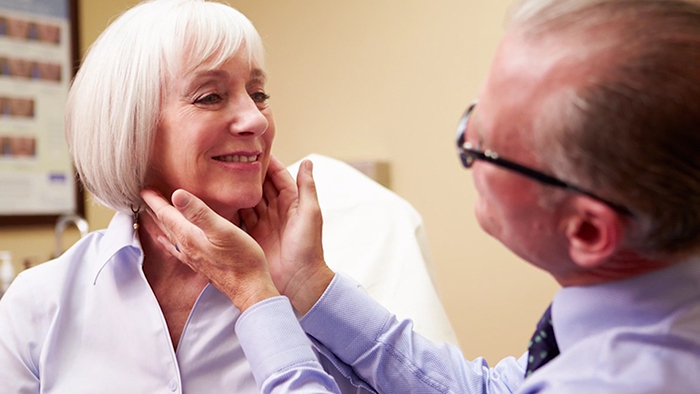
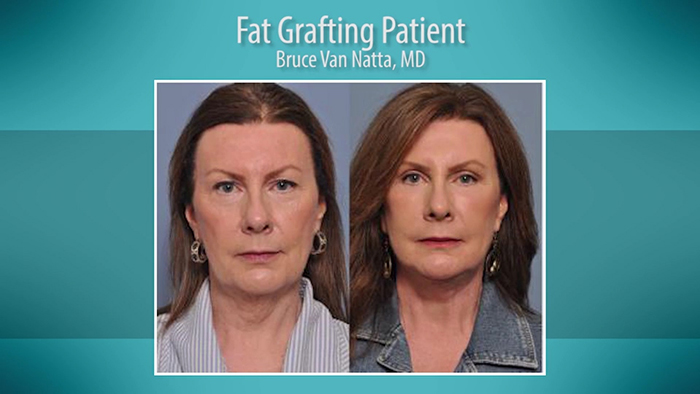

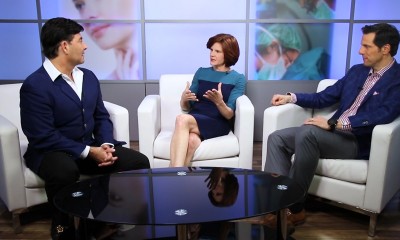

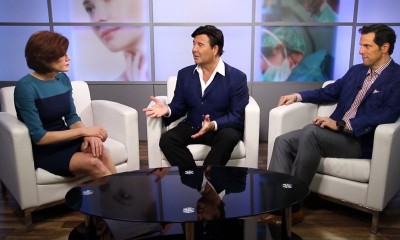
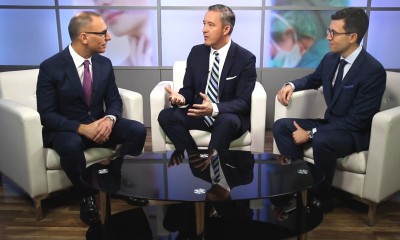
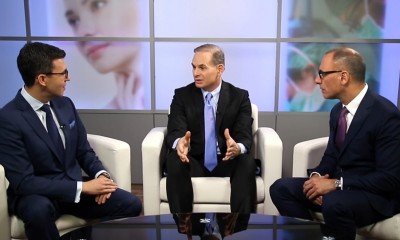
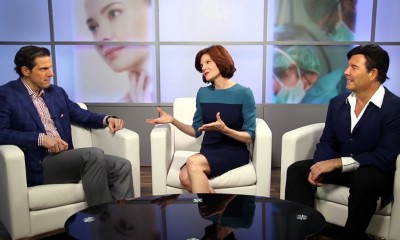
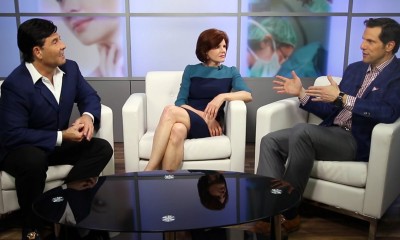






Facebook
Twitter
Instagram
YouTube
RSS